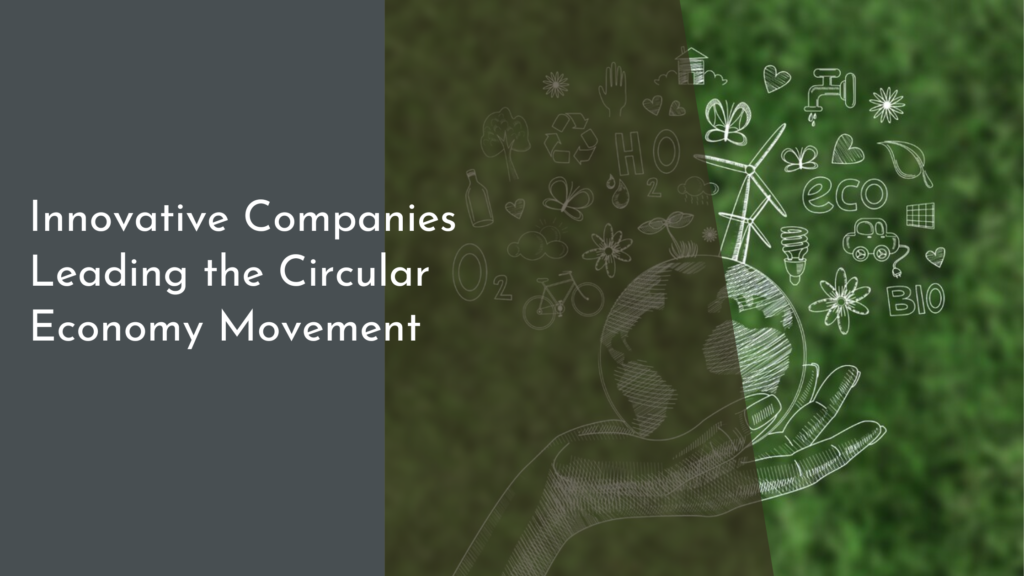Sustainable Urban Infrastructure Financing Models
As urban populations continue to swell, the need for sustainable urban infrastructure has never been more critical. To address this challenge, innovative financing models are emerging that not only fund green projects but also foster community involvement and collaboration. From creative financing approaches to dynamic partnerships and community engagement, cities around the world are finding new ways to develop eco-friendly infrastructure. This article explores these exciting trends, providing insights into how they may shape the future of urban sustainability.
Creative Financing Approaches for Green Urban Projects
Cities are increasingly turning to creative financing solutions to fund their green infrastructure initiatives. One popular model is the use of green bonds, which allow municipalities to raise capital specifically for environmentally friendly projects. These bonds are appealing to socially conscious investors, providing a way for cities to attract funding while also promoting sustainable practices. Additionally, crowdfunding platforms have emerged as a viable option, enabling communities to invest directly in local green projects, from urban parks to renewable energy installations.
Another innovative approach is the use of pay-for-success financing, which ties funding to measurable environmental outcomes. In this model, private investors fund initial project costs and are repaid only if the project achieves predetermined sustainability goals. This aligns the financial interests of investors and municipalities, encouraging the development of effective, results-oriented solutions. Together, these creative financing approaches are redefining how cities can fund their transition to greener, more sustainable urban environments.
Innovative Partnerships Driving Sustainable Infrastructure
The success of sustainable urban infrastructure projects often hinges on collaboration between diverse stakeholders. Innovative public-private partnerships (PPPs) are becoming a hallmark of green urban development, allowing cities to leverage resources and expertise from both sectors. These collaborations can lead to cost-sharing arrangements, risk mitigation, and the pooling of knowledge to develop robust and sustainable solutions. For instance, partnerships between local governments and private companies can facilitate the construction of energy-efficient buildings and renewable energy sources, driving down costs while increasing environmental benefits.
Moreover, non-profit organizations and community groups are also stepping into the spotlight, forming essential alliances with municipalities. These partnerships enable the integration of local knowledge and community needs into infrastructure projects, ensuring that developments are not only sustainable but also culturally relevant. Engaging multiple stakeholders fosters a sense of ownership and accountability, ultimately leading to more successful and resilient urban projects that benefit everyone involved.
How Community Engagement Fuels Urban Sustainability
Community engagement plays a critical role in the success of sustainable urban infrastructure projects. When residents have a voice in the planning and execution of green initiatives, they are more likely to support and participate in these efforts. This includes everything from attending city meetings to volunteering for local environmental programs. By fostering a culture of participation, cities can build a shared vision for sustainability that reflects the values and aspirations of their residents.
Incorporating community feedback into project design can yield innovative solutions that address local needs and challenges. For example, urban gardening initiatives can transform vacant lots into green spaces that encourage biodiversity while providing fresh produce to neighborhoods. By actively involving communities in the decision-making process, cities not only enhance the effectiveness of their sustainability efforts but also strengthen social bonds, creating a more connected and resilient urban environment.
Future Trends in Financing Eco-Friendly City Developments
Looking ahead, several trends are likely to shape the financing of eco-friendly urban developments. One emerging trend is the integration of technology in financing solutions, with smart contracts and blockchain technology providing transparency and efficiency in transactions. These innovations can streamline funding processes and enhance the credibility of green financing initiatives, attracting more investors to the table. Furthermore, as climate change awareness grows, we can expect to see an increase in investor interest in projects that demonstrate measurable environmental impacts and long-term sustainability.
Another trend is the increasing focus on social equity in urban infrastructure financing. Policymakers are recognizing the importance of ensuring that green projects not only benefit the environment but also address social disparities within communities. This could manifest in targeted investments in underserved areas, ensuring that all residents have access to the benefits of sustainable development. By prioritizing inclusivity and equity in financing models, cities can create a more holistic approach to urban sustainability that uplifts every member of the community.
As urban areas grapple with the complexities of sustainability, the evolution of financing models offers a beacon of hope. Through creative financing approaches, innovative partnerships, active community engagement, and a focus on future trends, cities are carving pathways toward greener infrastructure. By leveraging these strategies, urban centers can become vibrant, sustainable hubs that not only meet the needs of the present but also protect the environment for future generations. The journey toward sustainable urban development is one filled with opportunity and collaboration, and the possibilities are only just beginning to unfold.


